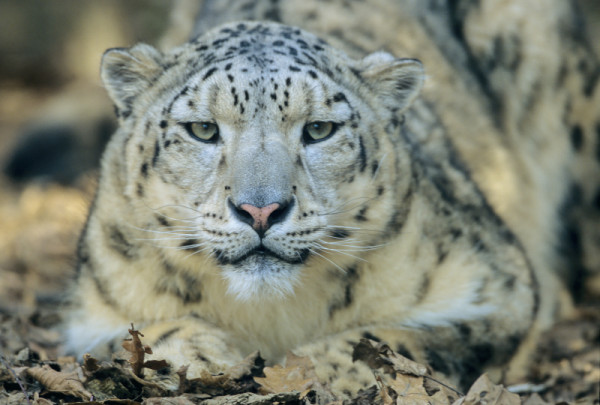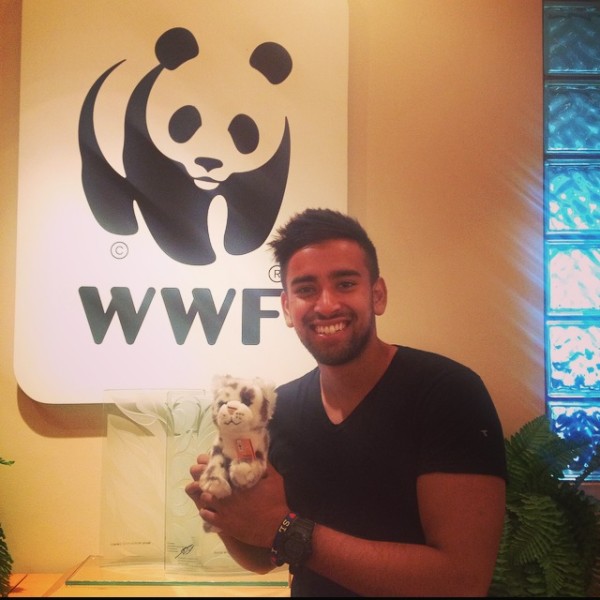Spying on snow leopards
Written by Ty Nanayakkara, WWF-Canada Volunteer
Volunteers play an incredibly important role at WWF-Canada. From supporting events like the CN Tower climb to donating time to projects in our offices, we’re grateful for all that you do! Ty Nanayakkara has been a WWF volunteer since August 2014 and recently helped out on a snow leopard conservation project in Nepal, all from his desk in Toronto. If you’re interested in joining us (and Ty), check out our current volunteer opportunities or join the volunteer pool.
I was thrilled when I heard Dr. Rinjan Shrestha was looking for volunteers to help him with his snow leopard conservation project. Before joining WWF, I had read all about the work Rinjan had done to protect snow leopards in Nepal. Deciding to be a part of such an amazing project was a no-brainer; I had to be involved.
When I met Rinjan, his enthusiasm for his work as a conservation scientist was contagious. He is a soft-spoken man who is happy to share amazing stories of his long and gruelling expeditions, tracking the “ghosts of the mountains.” Admittedly, I really didn’t know very much about snow leopards before meeting Rinjan. Overshadowed by the tigers and lions of the big cat family, it seemed that the elusive nature of snow leopards was so established that I wasn’t even aware of their existence. I had never seen an animal so incredibly tailoured to gracefully withstand the harsh cold mountains of Nepal. And so, I was eager to get started on my volunteer role to help one of the top snow leopard experts in the world on his mission to safeguard these beautiful creatures.
My role was simple. Along with two other volunteers, I was responsible for examining images of snow leopards (and the occasional mountain sheep) captured using hidden motion sensor cameras, and identifying the different individuals at each location using spot recognition. Snow leopard spot patterns are unique to each individual, much like fingerprints are unique to each person. This would eventually aid in estimating the population size of these snow leopards.
It took some time and practice, but eventually it became obvious that I was looking at distinct individuals with contrasting appearances and personalities. Some would peer cautiously at a safe distance, while others approached curiously. Each image revealed a smoky grey coat with their own unique arrangement of dark open rosettes. I was amazed. These masters of the mountains were truly the coolest cats I had ever seen!
The mechanics of large projects like this one aren’t always apparent. And as a volunteer, it isn’t always easy to see just how or where your contributions fit in the big picture. However, working with Rinjan gave me a lucid new perspective. I was lucky enough to obtain first-hand insight on the practical solutions used to address real conservation challenges. It gave me an appreciation for the amount of work that goes into the protection of these animals.
Conducting research, raising awareness and generating community support; all these efforts collectively are what drive initiatives like Rinjan’s snow leopard conservation project. Each step is necessary to prompt the next one, leading to a result that is much greater than the sum of its parts. Every living species alive today is its own incredible evolutionary success story. And I was incredibly privileged to play a role in the story of the ghost of the mountains.




